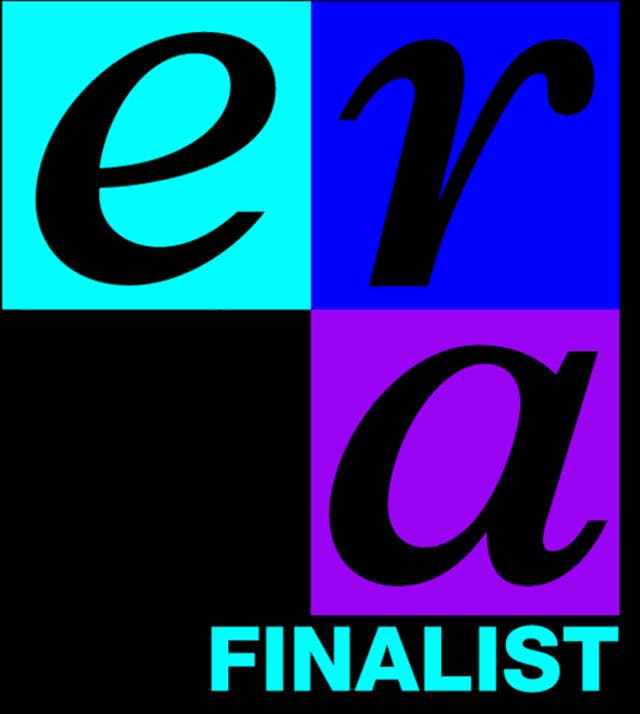
We’re excited to announce that Teach Your Monster to Read is a finalist in the Education Resources Awards this year, in the Early Years Resource and Equipment category. The Education Resources Awards are produced by BESA – the trade association for education suppliers.
The awards focus on the resources, services and people that really make a practical impact on learning and the day-to-day work of the teachers in the classroom. We’re really pleased to be a part of this celebration and amongst some of the best educational products and services in the industry.
Teach Your Monster to Read has some tough competition in it’s category from 2simple: 2 Build a Profile, Reflections on Learning: WordWand and TTS Group: Turtles and Mobile Mini Phone.
Good luck to everyone who has been nominated. Here’s a link to all the finalists: http://www.educationresourcesawards.co.uk
The awards will be announced on March 15th. Wish us luck!
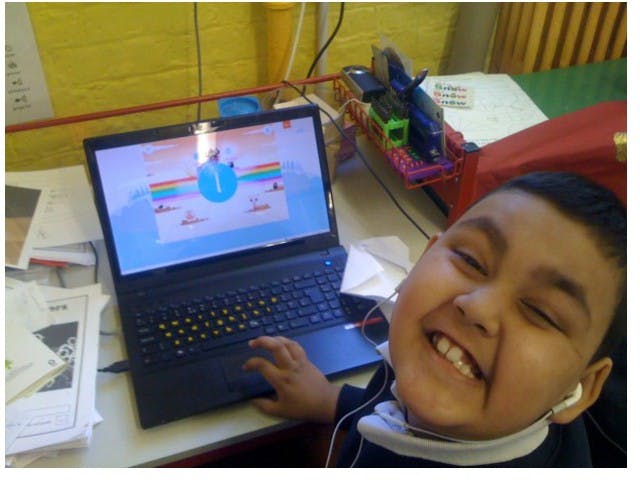
By Matt Rogers, ICT Subject Leader and Year 3 Teacher: Snowfields Primary School
When I first discovered the wonder that is Teach Your Monster To Read, I was immediately taken with its interface and design – and I could see straight away how it would come to be loved by the children at Snowsfields Primary. The fact that it uses the voice of Simon Farnaby is an huge bonus (especially as I’m a teacher who loves Horrible Histories!)
We have been using the program for around 3 months, mainly with our children in EYFS. However we have also begun to use it with our pupils in Key Stage 1, as both a preparation tool for the Y1 Phonics Screening Check, and as a way of engaging the children with Phonics through an interactive medium. The program is a perfect mix of both engaging content and stimulating ‘graphics’ to keep the children entertained and most importantly LEARNING!
The main point I have to make about Teach Your Monster to Read is that it works! We have seen first-hand the difference that it has made to our children, when used both as a whole class/small group session (our Reception and Nursery classes have a class monster they travel with together), and also on an individual level; the children are ‘glued to the IWB/Computer screen’.
I am a Year 3 teacher – I have worked both in EYFS and Key Stage 1 prior to this- and I understand phonics and the role it plays in children’s learning. I know the game itself is initially targeted at the early Phases within Letters and Sounds and so would not necessarily be appropriate for the children in my class. However, we have one child with ASD who is absolutely addicted to the game. In the 2 years I have worked with him we have made very little in the way of progress in terms of phonics, but since the introduction of Teach Your Monster to Read we have seen a dramatic improvement in both his engagement with phonics and the retention of what he has been learning. It’s definitely the ownership of teaching his monster what he ‘already knows’ that drives him on!
The children (and I) are really looking forward to the next instalment of the game, where we can continue our learning journey!
This article is written by Alison Anderson, a Kindergarten Teacher in the US. She explains how game is used in class and why it works so well.
The kindergarteners at my school enter with an incredibly wide range of literacy abilities, so we know we need to quickly focus on their reading skills immediately in order that everyone, from the high achievers to the ones still struggling to recognize their letters, will end the year strong. Not always an easy task. Therefore, it becomes a joint effort for all the teachers who work with the Kindergartners, to support the building of their literacy skills.
My job only allows me to see the Kindergartners in the computer lab for a short time once a week. When I think about where they need to be by the end of this year in order to succeed as 1st graders, I know any time we can spend reinforcing literacy will never go wasted. So, I searched to find a program that they would not only like and get excited about, but also truly help them learn to read, no matter what skills they had upon entering Kindergarten.By some divine intervention (I’m pretty sure it was a tweet, but I can’t remember from who) I found the site Teach Your Monster to Read. The title was too cute not to investigate further and I am so thankful I did. Funded by the Usborne Foundation, a quality children’s book publisher from England that truly understands quality literature for kids, it is no surprise the site provides such high quality instruction. What does surprise me though, is the beautiful graphics, ease of navigability and high level of engagement of this online program for the students- because it is completely FREE but it feels like playing a software game that should cost a good amount of money to access.
Here is my list for “why” this game works so well with the Kindergartners in the computer lab:
1. The graphics are of an incredible high quality- from the minute I introduced the little monsters, the Kindergartners couldn’t wait to get their “hands” on them… they wanted to watch them run through the demos, hear them talk, customize them for themselves and guide them through the phonics worlds! These little guys are eye candy and the kids loved them immediately
2. It’s a game that gives students multiple points of motivation. The strong readers feel successful because they are moving through the different “worlds” quickly. The ones who are still need more work on phonics earn prizes for their monsters each time they master a letter sound. Either way they all get excited and keep working because they want to see what happens next, staying involved and excited for the game.
3. The monsters are endearing characters and give the students ownership. When my Kinders come into the lab, they ask about their monsters right away and I tell them their monsters have missed them! They haven’t learned anything more about reading since they were gone! They need to get back on the computers and help their monsters learn! The students love to click on the screen, log in with a quick/easy Kindergarten friendly password, and see their monsters just where they left them last.
4. We can take breaks from playing the game and use the monster characters for other lessons. Art projects- we can draw them with digital tools or on paper to hang up around the lab. Storytelling- we can give our monsters names and unique personalities and write letters to them or tell stories about them. Across the curriculum- integrate them into other skills- like using them for math or science problems.
As the year goes on, I am excited to watch the Kindergartners master phonics as well as think of more ways to use the monsters to teach. Halloween has passed this year, but the monsters will definitely be staying in the lab with my Kindergartners and I, thanks to Teach Your Monster to Read.
The original article was posted on www.gettingsmart.com – a website dedicated to sharing articles and resources on digital learning. Thank you to Alison and GettingSmart.
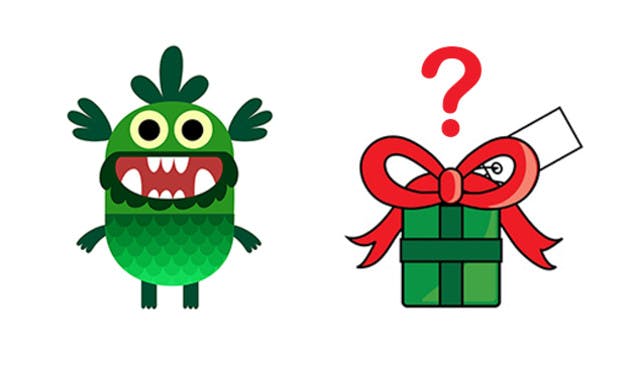
Why not have some fun designing Monster Christmas presents? Here’s a new activity you can do in school or at home.
Christmas is coming and the monsters are busy getting ready. We need your help! We don’t know what presents the monsters would like
What present would you give the monster?
What do monsters need? Do they need a new outfit, a way of talking to other monsters, a new toy or something to help them?
Can you draw our monster a Christmas present?
You will need to tell us what it is and how the monsters would use it.
To make things easier, we’ve made a worksheet which you can print here:
A Monster Christmas Present (PDF)
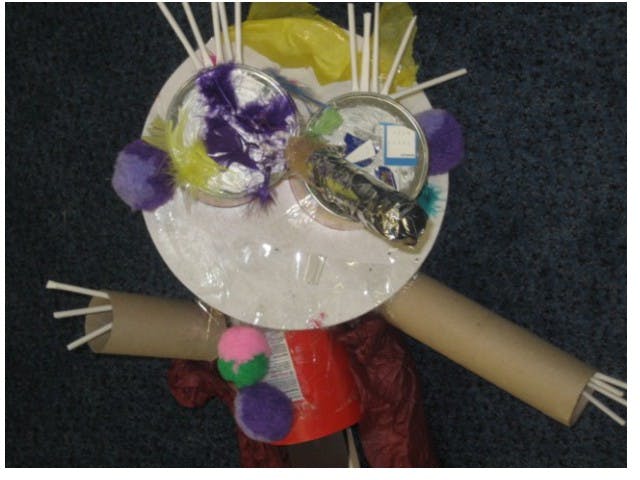
Our latest blog post is by Corinne Clark, who teaches at a primary school near Melton Mowbray, UK. She has written about her experiences using Teach Your Monster to Read with her class.
I first introduced Teach Your Monster to Read to my class at the beginning of the school year. I initially showed it to them on the Interactive Whiteboard, we chose our monster together and played the 1st few levels. It was interesting that the children all joined in saying the sounds, and cheering when we won our prizes.
I then had to teach them individually to log on to their computers. I made a card for each child with the network password, website address and their own log on details on it. This means that I can prop their card on the computer and they know who is ‘playing’, and they are increasingly able to log on independently, with the more ICT literate helping the others.
I often set the children playing the game as morning work – the doors open at 8.45am, but Phonics starts at 9.15am, thus giving the children up to half an hour to play. It’s good reinforcement of the phonics, obviously, but it also helps improve their ICT skills. Occasionally, we will use it as independent work during Literacy, or have it available during play.
During our Phonics lessons, we have an orange monster puppet, ‘The Phoneme Monster’, who sounds out words, segmenting them or eating the appropriate graphemes (spitting out the incorrect ones). We also have another puppet, ‘The Word Bird’, who blends the sounds together again. They make quite a team, and the children love it!
I think my favourite thing about Teach Your Monster to Read is that it works! The children enjoy playing it, and it reinforces their learning.
I am hoping that, as well as doing a topic on Monsters in June, linking the idea of monsters making a range of real and unreal words, it will help prepare them for the Y1 Screening test. Time will tell!
The image above is of ‘Scary Larry’ – a monster created by a pupil at Corinne’s school.
Exciting news just in – Teach Your Monster To Read has been nominated for an award! And it’s a good one, too.
We’re delighted to be in the running for a BETT award, which recognises excellence in ICT educational resources. We’re up for the ‘Early Years Digital Content’ gong, and we’re honoured to be mentioned in the same sentence as some of the other nominees.
The winners – as judged by a formidable bunch of ICT teachers, educational consultants and education journalists – will be announced in Jan 2013 at a swanky black tie do. Which should be just enough time for The Monster to dig out and dust off his tux…
Keep everything crossed for us!
When it comes to helping children learn to read, it’s useful to have a few different tools to hand. Here are 5 resources to help!
Want help with a specific grapheme or letter sound?
Check out the practice mode on the app (for phones and tablets) or digital flashcards (for PC and laptop).
Want cards or posters?
Print our flashcards or display materials, complete with colourful monsters!
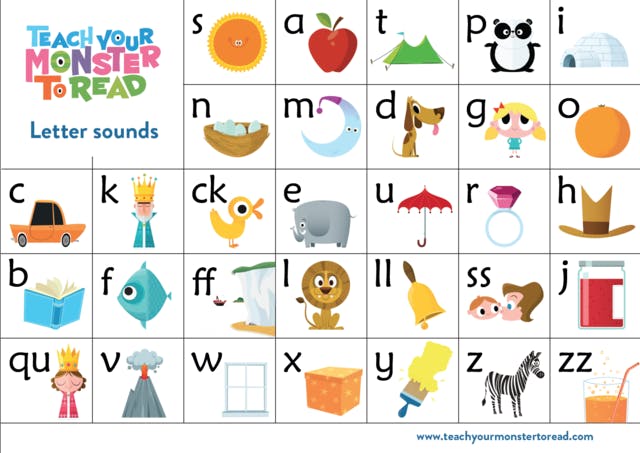
Want to get active?
Get phonics-fit by playing pass-the-sound relay race, or one of our other physical phonics games.
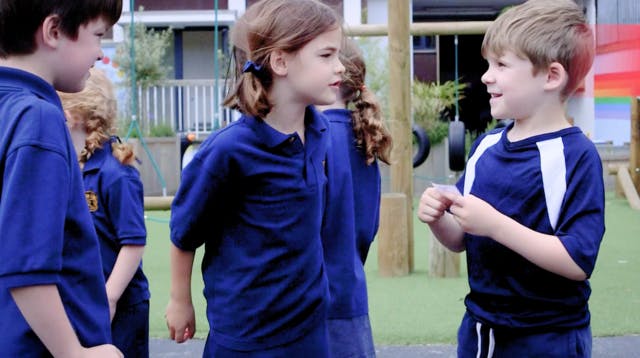
Want to sing-along?
Our animated phonics songs are specially designed for revising and teaching letter-sounds.
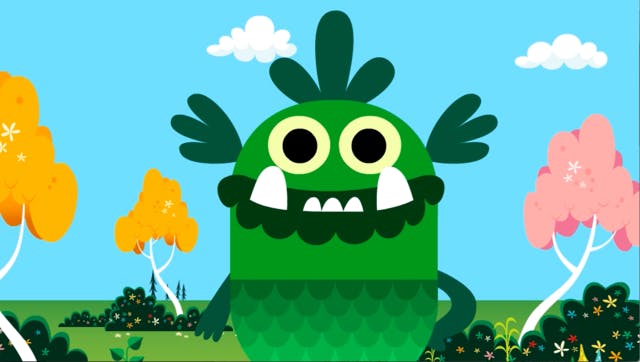
Got a phone or tablet?
Download all 3 games for just £4.99 on your iPhone, iPad, Android or Amazon device. Practice mode included.
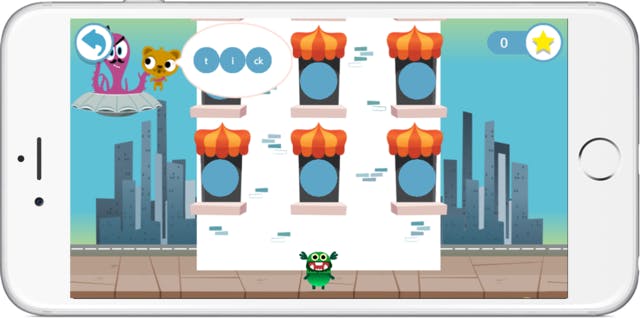
Enjoy teaching your monster to read!
We have some exciting news from the Teach Your Monster HQ. In our game Teach Your Monster Adventurous Eating, you can now grow your own food in Bub’s Garden!
Using the elevator to descend to the garden, your child’s monster can now dig, plant, water, and harvest their own food in their very own veg patch.
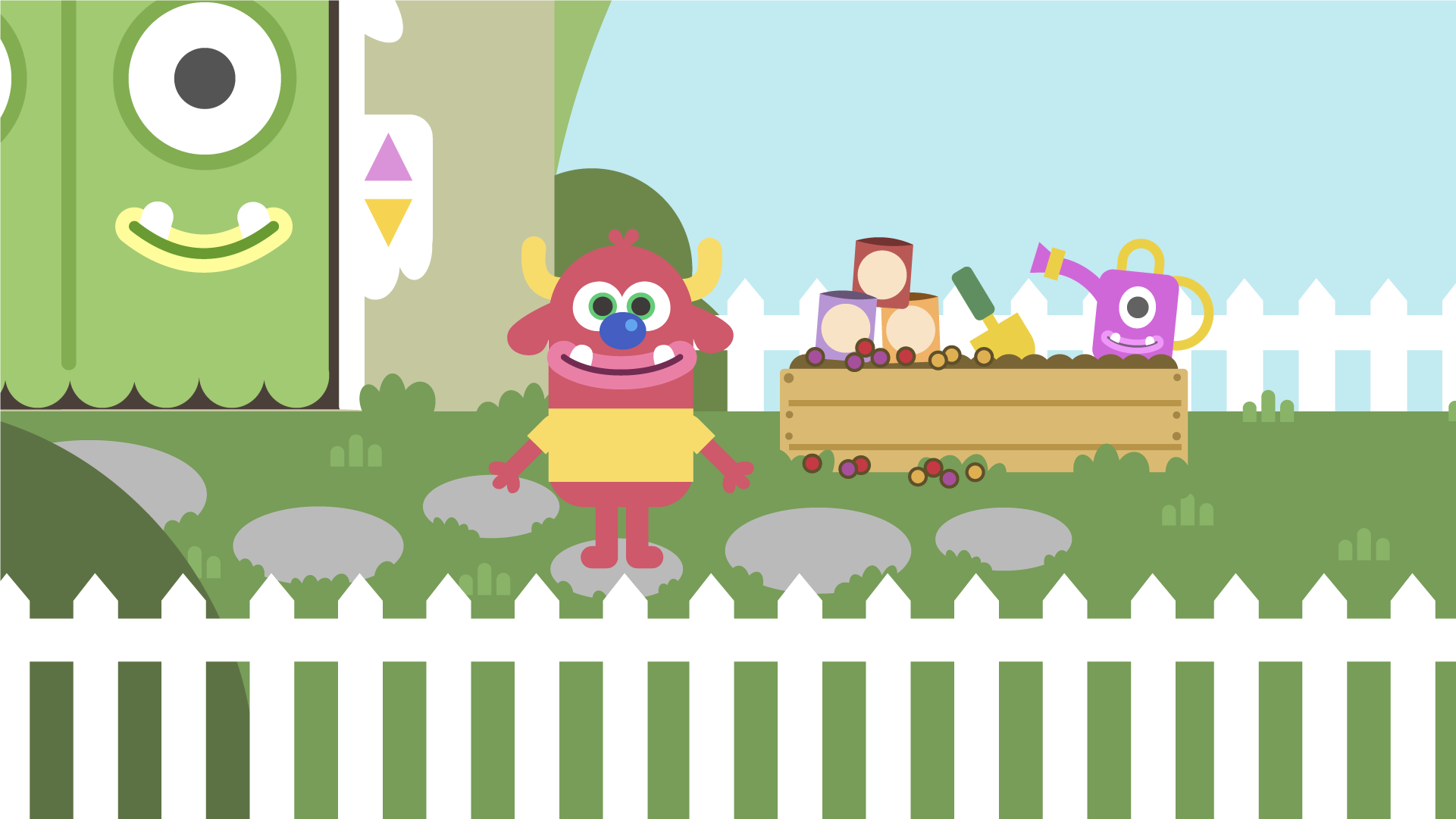
From Planting to Plating: Expand your knowledge while having fun!
Through the veg patch, children can now learn about the journey their food takes from planting to their plates. Witness the magic of nature as you dig, plant, water, and nurture your crops too. At the end, Bub can harvest the fruits of your labour.
Dig, Plant, Water, and Harvest
Engage in various gardening activities as you nurture your veg patch. Dig deep to prepare the soil, plant a variety of vegetable seeds, water them regularly, and watch as your plants grow. When the time is right, carefully harvest the ripe produce and prepare it for Bub to taste.
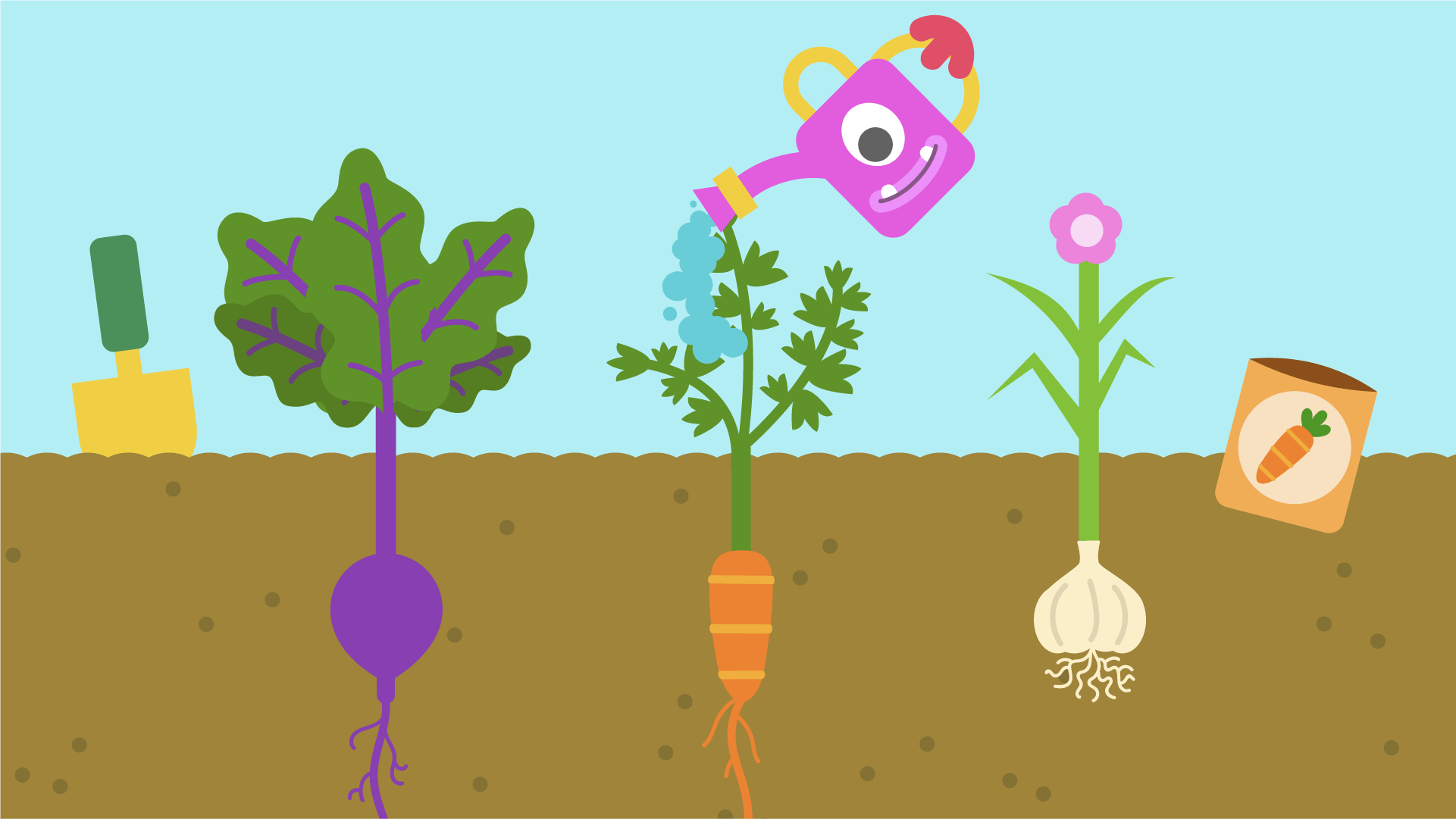
Satisfy Bub's Taste Buds
Experience the joy of feeding Bub with fresh, homegrown vegetables. Pick the ripest and tastiest vegetables from your garden and offer them to Bub. Watch as the veggies get prepared for Bub too. They can also experiment with different combinations to make mealtime a truly enjoyable experience!
Make sure you update to the latest version of the game to embark on an educational journey through Bub's garden:
App Store
Google Play
Amazon
Website
Enjoy the wonders of nature and the satisfaction of growing your own food.
Good luck, and happy gardening!
From Teach Your Monster HQ
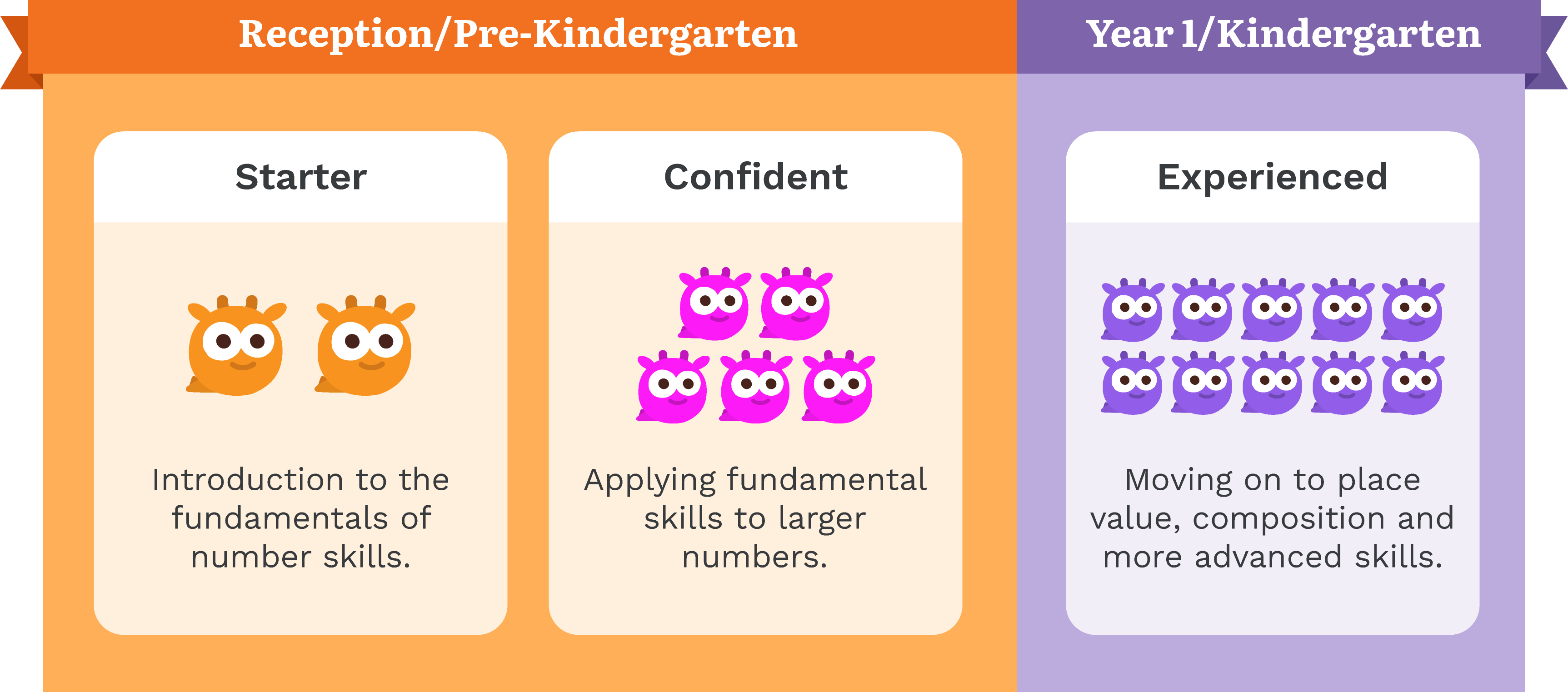
Our most requested update has arrived! Teach Your Monster Number Skills has a new third stage, focusing on numbers to 100 and aligned with Kindergarten/Year 1 through to First Grade/Year 2.
In our biggest ever update, free for existing users and free for schools on app and computers, you'll get:
- 7 new games, with 70 research based levels designed with our expert Bernie Westacott
- An expanded practice mode with all the new games in, lots of new topics and hundreds of new practice levels
- 3 new islands to explore the new games on in adventure mode with a whole new story and an exciting reward to collect
What are the new mini games?
Monster Trucks
Jump into a monster truck and bash the other trucks! Helps practice quickly recognising numbers to 20

Volcano
Jump up the platforms and save your monster from the fiery lava. Helps children get more familiar with numbers up to 100.

Ghost Train
Get the right queue of numsters riding the spooky ghost train! Helps children practice number bonds up to 20.

Carousel
Help arrange the unicorns in this number line/track game and watch them spin around the carousel!

Bubbles
Pop and merge bubbles to hit the target number. Helps children understand how to compose and decompose numbers.

Storklift
Help your monster load the right number of boxes on and off the truck. Helps with understanding place value.

Dino Dash
Quickly load up the right number of plates of snails to feed the hungry customers. Develops the foundation of multiplication using equal groups/arrays.

What new learning (pedagogical) areas are covered?
- Numbers from 10 to 100, with a particular focus on 10-20
- Counting up to 100, and counting on/from/backwards and in groups of 2s/5s/10s
- Number bonds to 20 - the composition of each number up to 20
- Composition/Decomposition — practicing putting numbers together to understand how the parts can make a larger whole
- Addition and subtraction to 20 and beyond — developing strategies such as Count All, Count On, Count Back, Break Apart to Make Ten, and using number facts knowledge to mentally add and subtract.
- Place Value — understanding the value of each digit in a number based on its position, meaning children grasp why the value of 1 changes when a 0 is placed next to it to represent 10
- Multiplication — working with equal groups, repeated addition and arrays to develop the early foundations of multiplication
- Manipulatives — new manipulatives including double ten frames/twenty frames, and number tracks
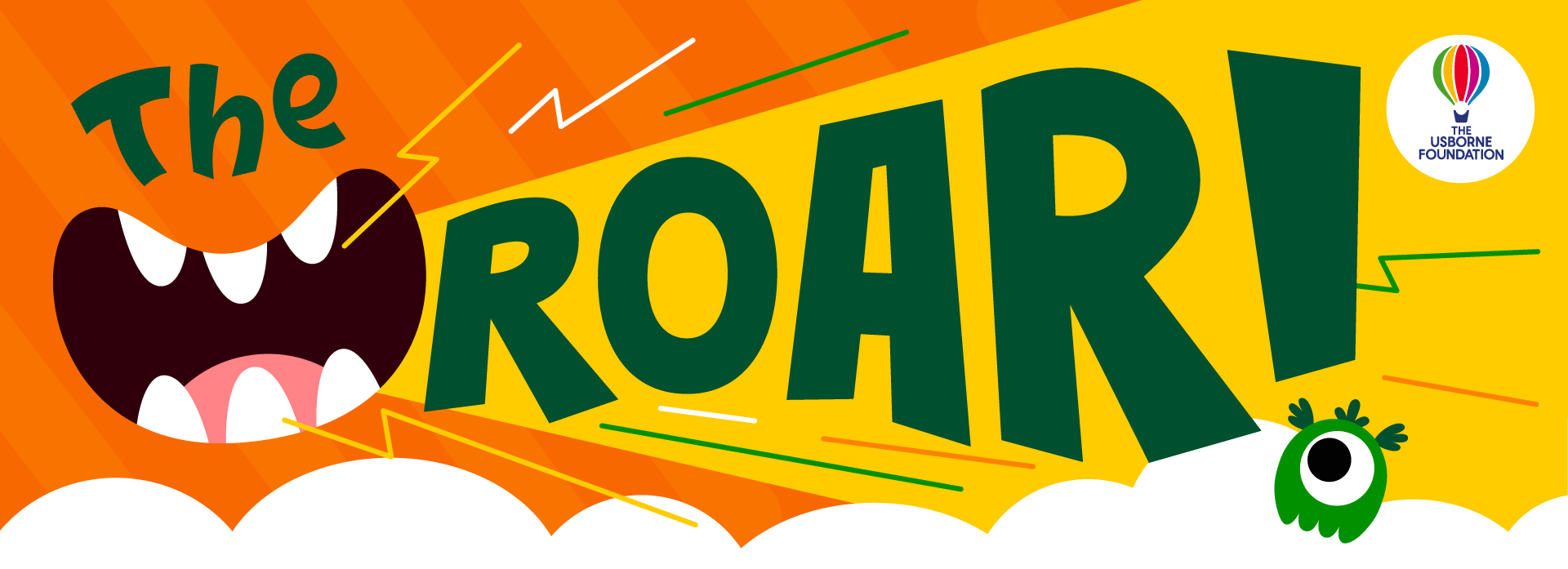
We’re so excited to have you as part of our MONSTER community.
You will recieve:
Regular newsletters full of news, resources, activities, printables and exclusive offers.
Look out for The Roar 🗯️👹 coming soon to your inbox,
The Team at Teach Your Monster HQ
⬅️ Back to the homepage
Check out old issues of The Roar here


















